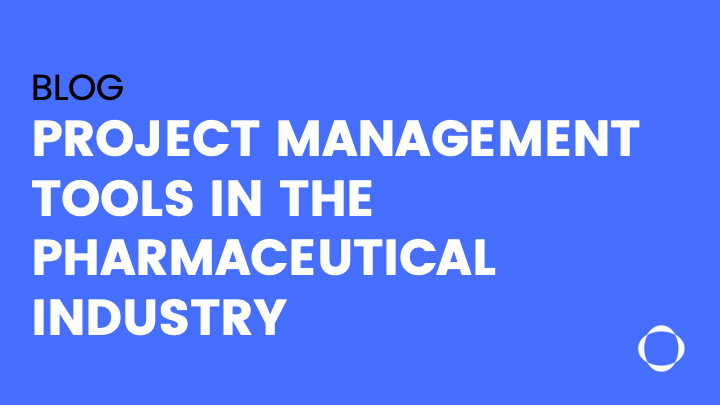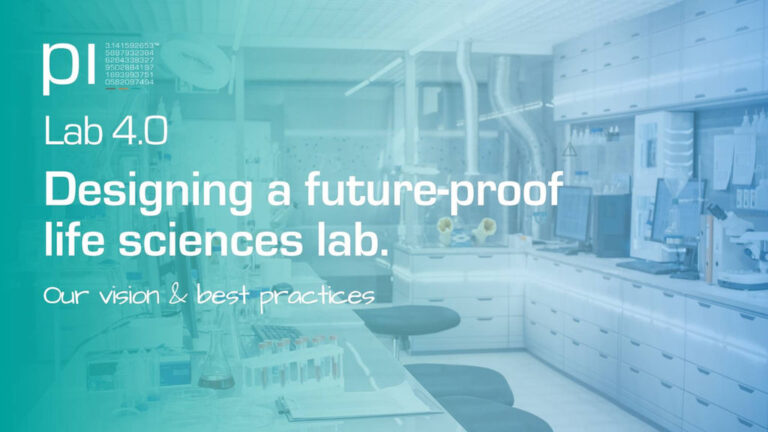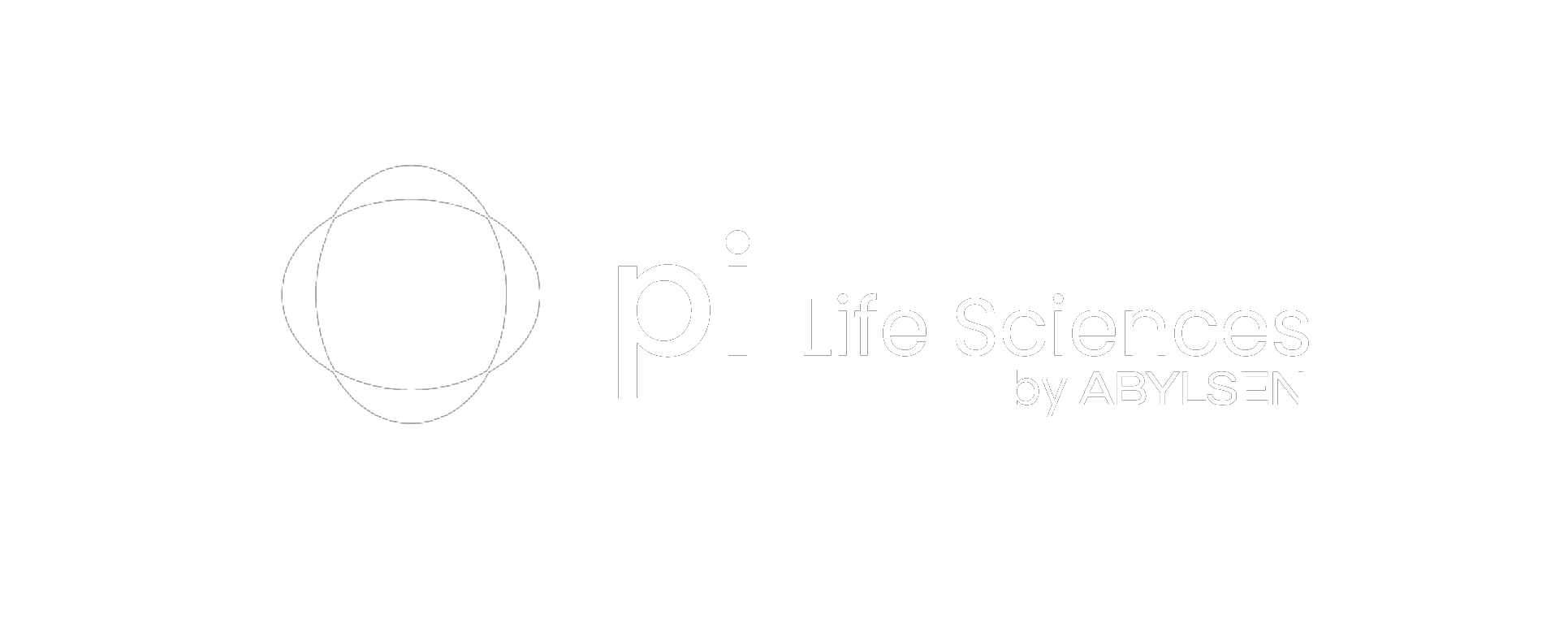This article focuses Project Management Tools in the Pharmaceutical Industry and shares insight into their use. The goal is not to provide a full detailed tutorial for each tool but to show their purpose and good practices for their use. And, don’t forget to download our set of free Project Management Tools here.
Projects are all around us, whether you plan a world trip, decorating the Christmas tree, or validating a new vaccine production line. As such, we are all Project Managers, yet some projects will demand a more documented and structured approach. Below, we highlight some standard documents and tools, which might be of use in your Project. The goal is not to provide a full detailed tutorial for each tool but to show their purpose and good practices for their use.
What is a Project Charter?
A Project Charter is a must-have for every project. Drafted by the Project Sponsor in the early stages of the project, it formally authorizes the project, appoints the Project Manager, and gives him/her the authority to proceed.
A Project Charter is brief and concise and fits 1 page or slide, ideally.
It acts as a contract between the Project Sponsor, the Stakeholders, and the Project team and provides a vision and shared understanding of the anticipated outcome(s).
The Project Charter sets out the Scope of Work, Key Assumptions, Dependencies, Stakeholders, Project Benefits & Risks, Deliverables, Timelines, and Milestones. Therefore, it can serve as a point of reference throughout the project and can be referred back to in status meetings.
What is a Stakeholder Register?
A Stakeholder Register keeps track of all involved parties and contains all of their contact details. To manage a project means knowing who is involved and impacted (directly or indirectly) before, during, and after completing a project.
However, including more information may provide added value to this register. By documenting your stakeholders’ project and the interest, influence, or impact both projects might have on each other. You might find common grounds or raise concerns resulting in booking recurrent meetings to keep in touch and aligned in case of scope changes/deviations or issues.
What is a RACI matrix?
You use a RACI matrix to clarify roles and responsibilities per task, deliverable, or action for each project team member.
RACI is an acronym for:
- Responsible: the owner of an activity. The person doing the work and ensuring task completion
- Accountable: the one who ensures correct and thorough completion of the deliverable or task (signing off for the work that Responsible provides)
- Consult: the Subject Matter Expert to who you can reach out when input is needed
- Inform: to whom will the Project Manager reach out to discuss progress or issues
Besides an overview of a project’s participants and their roles, it optimizes a project team. For instance, too many tasks assigned to the same person (“R”) can indicate work overload; “too many cooks in the kitchen” (“A”) will prevent things from moving forward.
Additionally, it can help clarify previously made agreements regarding who should be doing what.
For the planning of meetings, it facilitates defining the concept (brainstorm, daily huddle) and the interval (i.e., “R” might require a daily meeting, “I” will not).
What is an Action Log?
An Action Log is a list of items that need completion during a project. It is a living document to which you. can change or add to throughout a project’s life span.
An action log item is an event, a task, or an activity, assigned to an owner who is accountable for its completion. Linked to each item, a due date, a priority, or a status can be added to increase this log’s functionality. This way, the file is more than an overview of all open actions, but it can serve as a tracking tool or aid in preparing/defining the project meeting agenda.
By sharing the file with the project team, all-action owners can update the action item’s status or progress.
What is an Issue log?
Like an Action Log, the Issue Log is a list of items that describe issues and the provided solutions encountered during your project.
An issue can be any roadblock or unanticipated or unintended consequence of an action or decision that (in)directly affects your project’s timeline or performance.
Linked to each item, a detection date, a due date, a priority, or a status can be added to increase the log’s functionality. This way, the file is more than an overview of all issues, but it can serve as a tracking tool or aid in preparing/defining the project meeting agenda.
What is a Gantt chart?
A Project Gantt chart is a visual representation of your project and its different stages.
The chart projects tasks or milestones on the vertical axis and time intervals on the horizontal axis. By adding a duration for each task and assigning dependencies and predecessors, the project’s critical path stands out, and you can make a realistic estimation of the project’s timeline.
Although adding details to the chart, like resources or progress, can offer peace of mind and help organize your thoughts, it will often result in a large, high-maintenance, and complex chart that lacks overview.
It’s usually best to create a Gantt chart with high-level tasks and milestones only.
What is a Resource plan?
A resource plan is a tool to manage your available resources. It lists all tasks per resource and allocates a duration to complete that (part of a) task. The Resource plan allows you to visually evaluate the resource’s workload and decide if you can add more tasks for that resource or request more resources.
It can be set up per week or month and can also have the function to estimate the total costs of your project. To fully benefit from the planning, you should integrate this file with an availability record in which each resource’s availability is documented (holidays, annual leave, sick leave, other projects).
What is a Failure Mode and Effects Analysis (FMEA)?
Part of managing a project is to anticipate and mitigate risks. A commonly used tool to perform a Risk Analysis is a Failure Mode Effect Analysis (FMEA). The outcome of an FMEA is a Risk Priority Number (RPN), a quantification of the relative risk that allows you to prioritize actions.
An RPN is the multiplication of the score of 3 parameters:
- the Severity (of a particular Effect of the Failure)
- the Likelihood of Occurrence (of the Cause of the Failure)
- the Detectability (of the Failure itself or its Effects)
A high RPN indicates that the risk is too high and that you need mitigating action to reduce the Severity of the Failure, prevent or reduce the Occurrence, or increase the Detectability. After defining mitigating measures, you can calculate a second RPN that should indicate that the risk is now better controlled (hopefully).
When you perform an FMEA, the rationale for the score is essential. How do you rate the parameters? And, more importantly, what is the cut-off for unacceptable risk? Using a score of 1-3, or 1-5, or even a non-quantitative Low-Medium-High, is all fine as long as it is clear what a particular score for a specific parameter means. Besides, FMEA’s should be performed per domain (Quality, Safety, Business…), as rationales for a score will differ for each domain.
Blog by Hendrik Mommaerts







